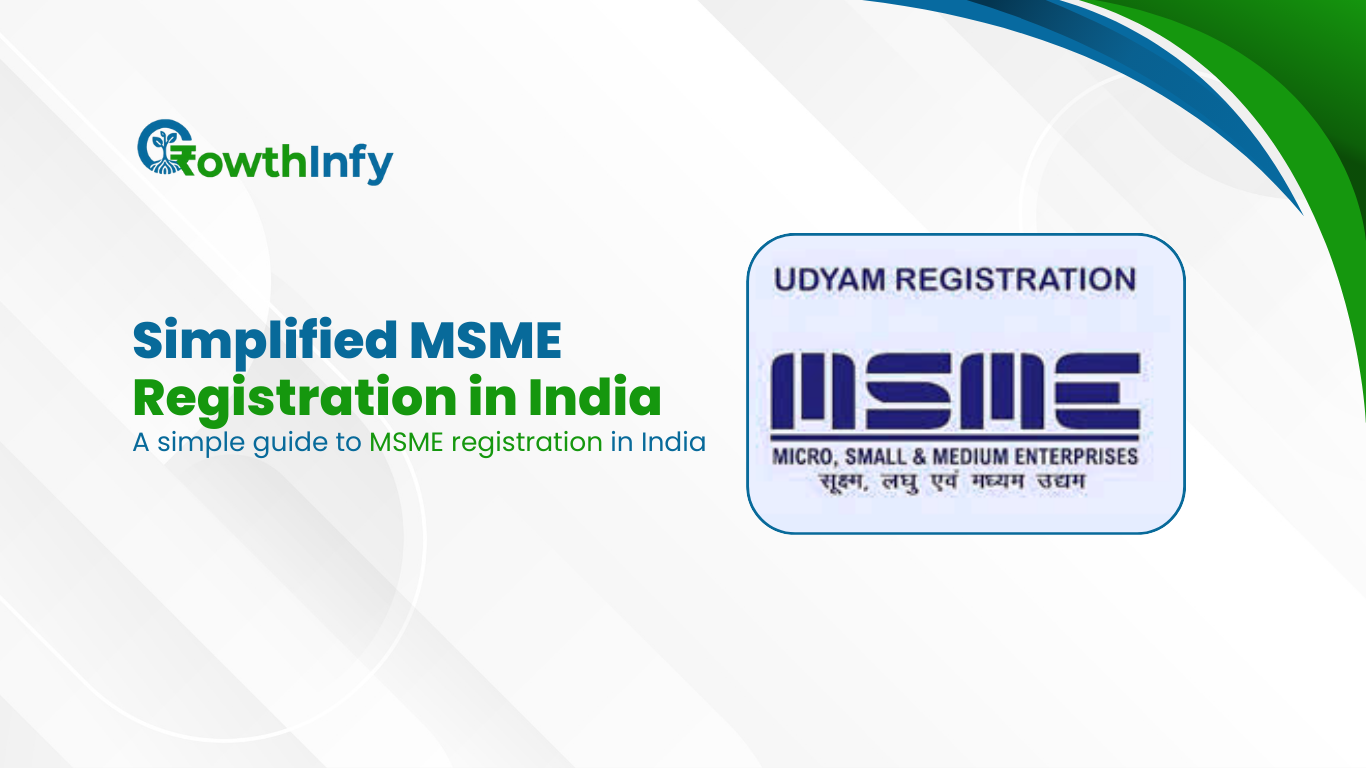How Startups Are Disrupting the FinTech Sector in India
The FinTech sector in India is undergoing a transformative revolution, driven by innovative startups leveraging cutting-edge technologies. With over 10,000 fintech startups emerging, India has the third largest FinTech ecosystem globally, transforming financial services for millions. From digital payments to neobanking, these startups are dramatically changing accessibility and efficiency as the future of fintech in India goes through unprecedented growth.
The Rise of FinTech Startups in India
India‘s fintech adoption is an astounding 87%, far above the world’s average adoption of 64%. Fintech startups in India such as Paytm, PhonePe, and Razorpay are taking advantage of this trend, where they are offering simple digital payment solutions. With the Indian government trying to push for a cashless economy through campaigns and initiatives such as UPI and India Stack, there is a favourable atmosphere in India for fintech startups to emerge.
India’s FinTech sector is anticipated to reach a market size of $421.48 billion by 2029, growing at a CAGR of 31. There is heavy growth in the FinTech sector due to high smartphone penetration, as well as the large and young tech-savvy population. Startups are filling the gap for unbanked populations, which is contributing to financial inclusion in rural and urban geographies.

Key Innovations Driving Disruption
In India, fintech is associated with innovation at every level. Start-ups leverage technologies such as AI, blockchain, and machine learning to develop specific solutions to really gain traction in the market. New banking models, like Jupiter and Slice, are digital banking only with no physical branch. It is easy, fast, and modern, and a perfect example of how India is integrating its large population’s banking needs with modern technology. Blockchain based platforms are improving the efficiency and transparency of transactions, specifically cross-border payments.
Even small technology based companies would use blockchain to develop a payments infrastructure as we see with the various neobanks like Jupiter and Slice. Credit scoring models powered by AI created by companies such as Cred and ZestMoney are allowing lending to underserved, unbanked segments of the population which covers the $400 billion MSME credit gap. These kinds of innovations are helping to shape the eligible, productive fintech future in India at higher speed and different better price points.
The Role of UPI and Regulatory Support
Unified Payments Interface (UPI) has transformed the landscape of the FinTech ecosystem in India. In October 2024, there were 16.58 billion transactions made using UPI, clearly illustrating UPI‘s absolute monopoly on digital payments and providing an avenue for startups like BharatPe to serve billions of merchants. The National Payments Corporation of India (NPCI) and Reserve Bank of India (RBI) have built a credible regulatory framework which has fostered innovation with boundaries.
The Account Aggregator (AA) framework amassed 1.1 billion eligible bank accounts to securely share customer information, which will increase digital lending. The government also has its FinTech Park in Gift City, Gandhinagar to promote startup growth and this will ensure India‘s position as a global fintech leader.
For insights on leveraging digital tools for business growth, check out GrowthInfy’s guide on digital transformation.
Challenges Facing FinTech Startups
There are many challenges fintech startups face despite their achievement like regulatory compliance and restrictions on fundraising. Despite seeing a 26% drop in fintech funding in H1 2025 during a “funding winter”, a total of $889 million was raised. The new entrants to the fintech industry still have to navigate the regulatory frameworks from RBI, SEBI and IRDAI which can be complex.
Ensuring data privacy and cybersecurity are meaningful concerns—companies must ensure the trust of their consumers. The lack of financial literacy and understanding of the tools in rural areas limits adoption and scaling. They will have to develop strategies for outreach to convince these users and educate them on the process.

The Future of FinTech in India
The prospects for fintech in India are bright, and trends such as ecosystem banking and generative AI are making sure of that. Ecosystem banking involves providing financial services through non-financial platforms and improving the customer experience as a result. Some partnerships, such as Wingsure and Agriculture Insurance Company of India, are improving farmers’ access to insurtech.
Generative AI is being leveraged by banks like HDFC and Axis to conduct customer service processes and risk management too. The digital lending market could hit a whopping $300 billion by 2030, while wealthtech AUM could capture value of $237 billion. Fintech Startups are paving the way for economic development and growth in the market space.
Collaboration and Consolidation
The collaboration of startups and traditional banks for continued growth is an enormous opportunity. Shown through a bank’s need for the agility of fintech with the momentum of an established customer base. An example of this trend towards consolidation was the $150 million acquisition of Fisdom by Groww.
Also, with Jio Financial Services as a perfect example of increasing competition in lending, insurance and broking, Jio is clearly competing with the giants of PhonePe, Zerodha and other startups now that SEBI approved discount broking for Jio Financial Services. Jio has caused PhonePe and Zerodha to consider how to do even better.
Conclusion
In India, the FinTech segment is a lively ecosystem, with young firms leading the conversation around innovation and inclusion. UPI-powered payments, AI-derived lending and financing options, among many others, are transforming the landscape of financial services. While challenges do exist, the future of fintech in India is bright with emerging technologies and supportive regulatory policies.
There will always be regulatory obstacles, but with collaboration, these oganisations will continue to disrupt the financial landscape and make India leader globally in the fintech environment. Companies interested in this growth must partner with innovative companies to remain a step ahead.




